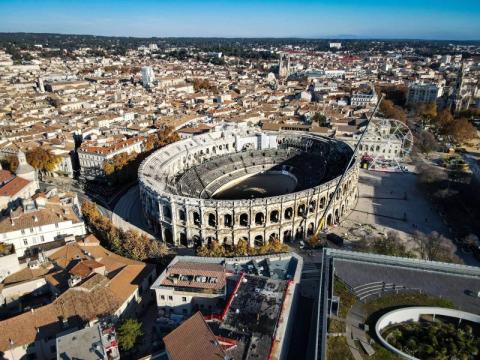You know what gives us the greatest pleasure?
Seeing that the studies we produce don't just sit on a shelf.
Better still, to see that they help public and private players alike to radically transform the strategic management of their territories, their land holdings or their projects, with benefits that sometimes go far beyond the mere preservation of biodiversity.
This is particularly true of Nîmes Métropole. Emilie Barbier, who is the local authority's director of development and planning, has just told us all about it in Diagonal magazine (https://diagonal.hypotheses.org/21264).
It all started with a study commissioned by the metropolis to assess the impact on biodiversity of its various development projects.
The result was a real shock,“ explains Emilie Barbier, ”because we needed 800 hectares to compensate for all the impacts, without having any land to do so. The total estimated cost of all these compensations reached 45 million euros."
The local authority then radically changed its approach. Rather than continuing to compensate for impacts on a project-by-project basis, in a way that was often unavoidable and costly, it decided to integrate the ERC sequence (avoid, reduce, compensate) into the very heart of its territorial planning.
This has resulted in the creation of a city-wide avoidance map, which identifies the areas of greatest importance for biodiversity, where it is desirable to forego all development.
It is now “our central decision-making tool”, says Emilie Barbier. Thanks to this map, “certain projects that had been blocked for years have been abandoned in favor of others in better locations”.
This change of method was of course facilitated by the use of technological tools (in this case, our SimOïko species life simulation software).
But it was also based on the implementation of "close collaboration" between the various players in the area: technical departments, land services, design offices, elected representatives, agricultural players, government services, naturalist associations...
We are absolutely convinced that this is a winning recipe, combining the most advanced technical and scientific solutions with the most open-ended consultation possible.
It is with this in mind that we have just become a member of France Villes & territoires Durables, an association bringing together public and private players working to make territories more sustainable and resilient.
In particular, its aim is to identify and disseminate as widely as possible "the best tools, methods, solutions and achievements" that territories need.
Suffice to say, we're not done talking about the Nîmes Métropole example (and a couple of other things)!
